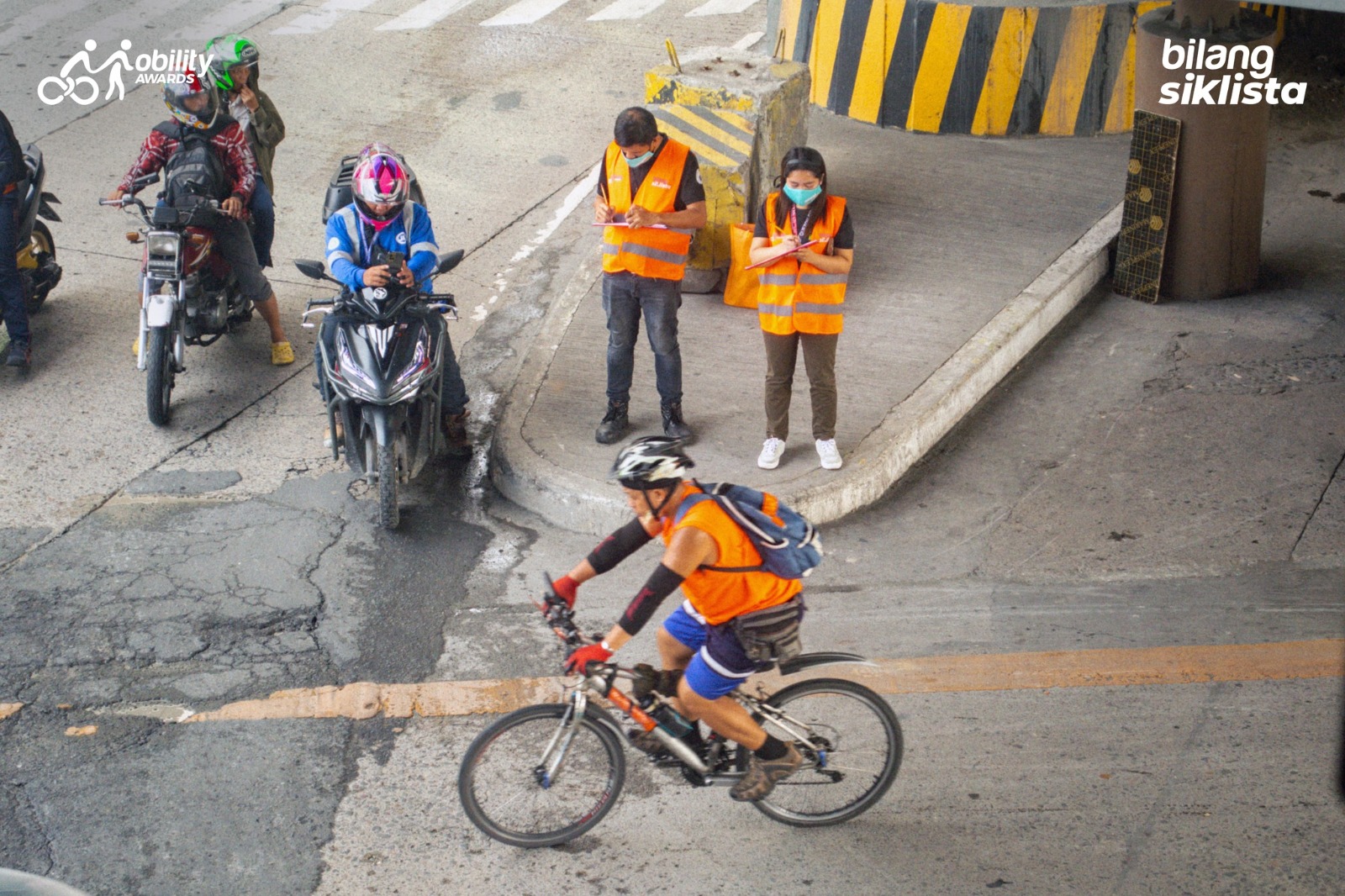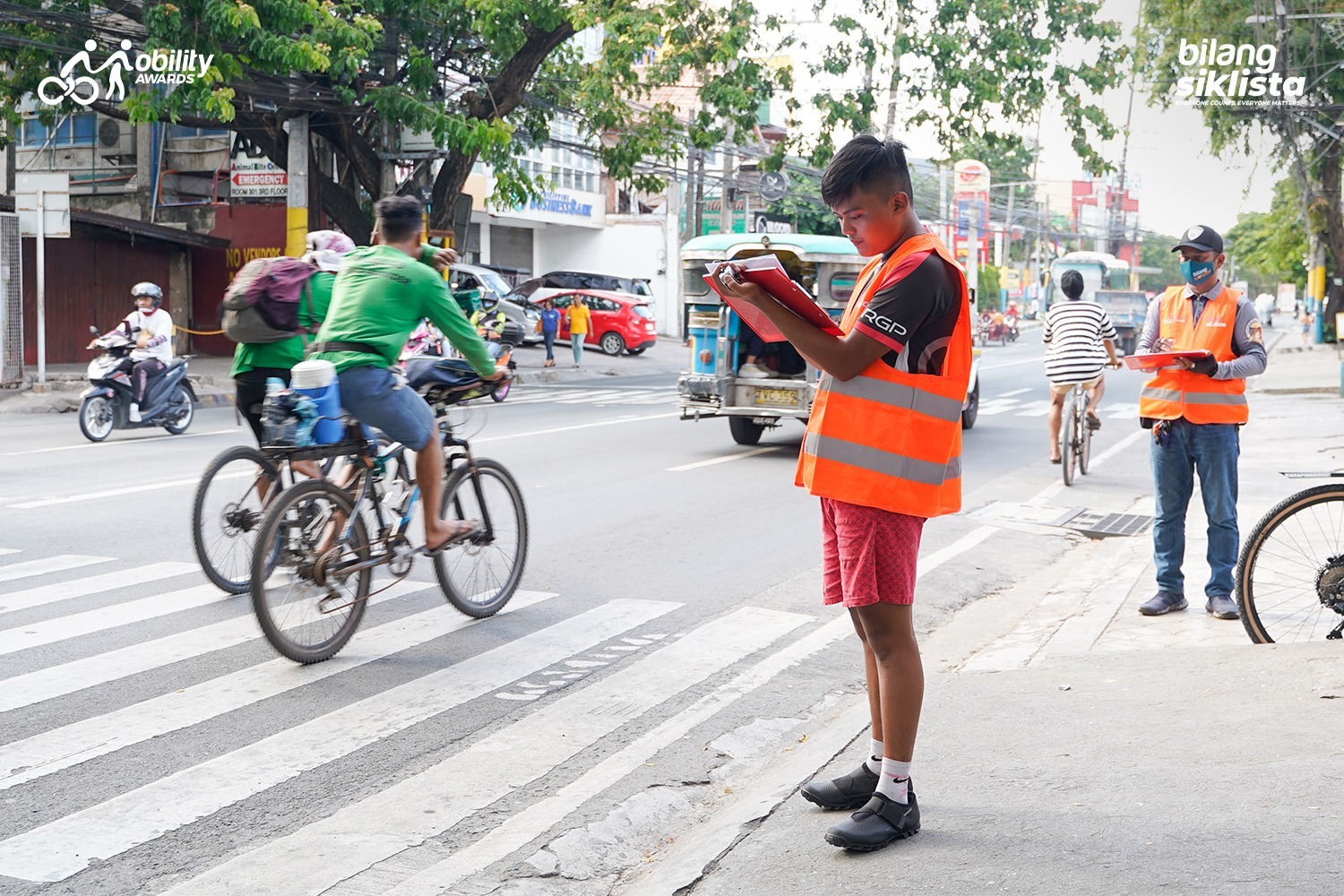On e-vehicles, road safety, and the hurdles ahead
Last February 19, 2024, the Metro Manila Development Authority issued MMDA Regulation No. 24-022 series of 2024, prohibiting the traversing of e-vehicles, such as e-bikes and e-trikes, as well as tricycles, pedicabs, pushcarts, and "kuligligs" on national, circumferential, and radial roads in Metro Manila.
The Convenors of Mobility Awards joins the community of inclusive mobility and transport advocates in raising concern over this regulation and urges the LGU members of the MMDA to reconsider the implications of this ban to e-mobility users — majority of which belong to more than 88 percent of households in Metro Manila and the greater Metro Manila households who do not have cars – and its implications for the Philippine Government’s move to promote progressive policies that reduce urban air pollution and address climate change within the transport sector.
We are concerned that commuters will bear the brunt, disproportionately affecting the working class and students. Restricting e-bikes and other electric-powered micro modes of transportation, especially when public transportation is already struggling with efficiency challenges and rising fuel prices, raises worries for the masses.

The MMDA may have overlooked the economic impact on individuals who rely on e-bikes and other Personal Mobility Devices (PMDs) daily for their mobility and livelihood, as well as for commuting without enduring lengthy queues in public and mass transport systems, including LRT, MRT, and buses.
These vehicles are crucial for riders providing essential services such as delivering food and packages, students who resort to e-vehicles to get to their schools on Taft Avenue and Recto Avenue, and daily workers who rely on their e-bikes to get to their work as they find them more reliable and efficient than manual pedaling. E-trikes have been used as a last-mile delivery alternative connecting mothers and consumers in commercial districts.
If the goal is to address safety concerns, should not speed limit regulations be properly imposed, with appropriate distancing and clear demarcation segregation lanes for buses, private vehicles, two-wheel motorized vehicles, three-wheelers, bicycles, and pedestrians be set up to reduce conflict and accidents between road users?
E-mobility users need to be correctly guided where they are allowed to traverse while ensuring their safety. Abrupt displacement without clear alternatives only leads to confusion.

In 2021 alone, there were 1,658 recorded users of Personal Mobility Devices (PMDs) counted in just four hours on selected roads in Ortigas Avenue, Shaw Boulevard, A. Bonifacio Avenue, Marcos Highway, and Katipunan Avenue.
Now that the Electric Vehicle Industry Development Act (EVIDA) has been enacted, and an open market for electric vehicles including options for micromobility is being promoted as an attractive and feasible mode of transportation to reduce dependence on fossil fuels, the regulation provides a rather confusing signal whether national policies are at sync with local policies.
At the end of the day, electric bikes are known for being cost-effective, space-efficient, and environmentally friendly. They play a crucial role in mitigating both air and noise pollution in cities. Cheaper than cars, they can weave out of traffic easily, require minimal parking, and provide exercise when pedaling on flat roads.

As the implementing rules and regulations of the regulation are being developed, we urge local governments and government agencies to:
Carefully consider the direct negative impact on individuals affected by the ban. Conduct community stakeholder consultations, especially for those who will be negatively affected by these restrictions of access, and draw out clear measures to help cushion the impact on stakeholders.
Address safety concerns not only from the perspective of other motorists but also from the perspective of e-bike and electric micromobility users. Allocate space and provide clear guidance on where they can have safe passage to get to their destination, before an outright ban and imposition of penalties.
Provide the affected electric micromobility users with a clear plan and timeline on how to improve public transportation and intercity connectivity. It's about time that we have a coherent transport plan that not only addresses the issue of traffic congestion but also prioritizes mobility and access of commuters and active transport users and makes Metro Manila cities conveniently accessible and interconnected.
Lastly, we urge all motorists out there, including e-vehicle users, to drive with caution, obey traffic rules and speed limits, and respect other road users, especially those with fewer wheels, such as mothers, children, and persons with disabilities (PWDs). Everybody wants to reach their destination safely.